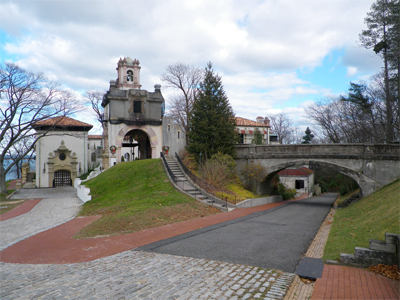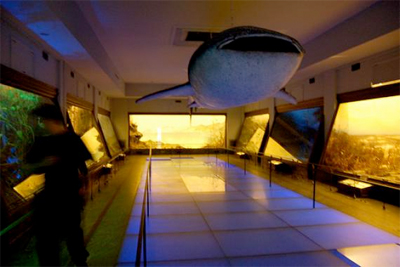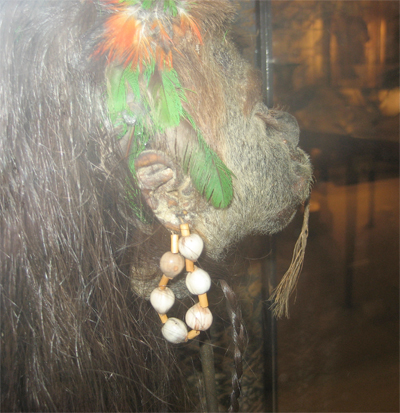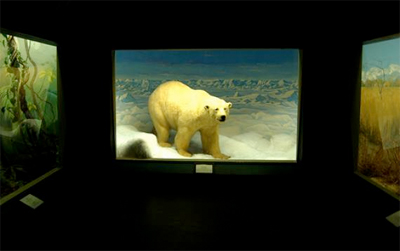Since August 1, 2011, the Department of Human Anatomy is headed by M.D., Professor N.N. Medvedeva.
Scientific and Educational Center (SEC) “Morphology and physiology of a healthy person” works under the head of N.N. Medvedeva. The strategy of SEC has been developed in such foreground areas as nano-systems industry and life sciences.
The main scientific directions of the department are: 1) integrated use of modern technologies in personified assessment of human somatoneuropsychophysiological health, including methods of assessing physical (anthropometry, bioimpedansometry) and neuropsychophysiological (electroencephalography, dermatoglyphic scanning) status of a person; 2) morphology of postcranial skeleton; 3) paleoanthropology; 4) nanotechnology.
Anatomical Museum at the Department of Human Anatomy of KrasSMU is one of the best medical museums in the East Siberian region. The museum’s fund contains not only more than 1,500 exhibits in all sections of anatomy, but also it has a number of unique paleoanthropology, teratology, and comparative anatomy collections. The Anatomical Museum is in popular not only among medical students, confirming a well-known saying: “Natura non sunt turpia” – “Nothing natural is shameful”.
Laboratory of Biomedical Microscopy and Morphometry was opened at the Department of Human Anatomy. There is also scientific Laboratory of Biophysical Research Methods. An integrated interaction with other departments of Krasnoyarsk State Medical University on morphological assessment of the researches has been worked through. Formation of young specialists’ pool is formed through pre-graduate internship “Morphology of humans and animals normally and in case of pathology”.
Annually, students’ scientific works are presented for contests named after such scientists as Prof. M.G. Prives, Prof. I.I. Gitelzon, Prof. P.G. Podzolkov.
Nowadays, the Department of Human Anatomy is a friendly team of like-minded people, creative educators and researchers, comprising 19 employees, including: 6 professors and doctors of sciences, 8 associate professors, 3 senior teachers and 2 assistants. The scientific degree of the department staff is 84%.

 Russia, Krasnoyarsk region,
Russia, Krasnoyarsk region, 





